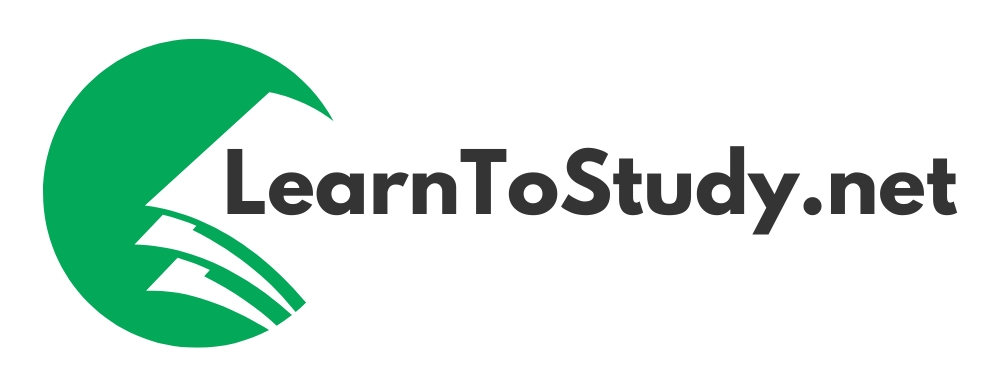
In an increasingly complex and dynamic professional landscape, continual learning is no longer a luxury; it’s a necessity. However, as professionals dive into diverse training environments, understanding individual learning styles and their applications in the workplace becomes paramount. This article delves into the intricacies of learning styles in the professional realm and offers insights on adapting to varied training methodologies.
1. The Relevance of Learning Styles in Professional Settings
A Personalized Approach to Professional Growth:
The concept of learning styles isn’t restricted to academic classrooms. In the professional world, an understanding of one’s preferred learning mode can drastically influence how effectively new skills or knowledge are acquired during training sessions, workshops, or even daily tasks.
2. Breaking Down the Common Learning Styles
Even within a professional context, the widely recognized VARK model offers a valuable starting point:
Visual Learners
The Power of Imagery:
For visual learners, information becomes comprehensible when it’s presented in graphs, charts, or diagrams. They benefit immensely from PowerPoint presentations, infographics, or any training tool that prioritizes visual aids.
Application in the Workplace:
If you’re a visual learner, consider requesting or creating visual summaries of meetings, utilizing flowcharts for process understanding, or employing color-coded systems for project management.
Auditory Learners
Echoes of Understanding:
Auditory learners retain information best when they hear it. Conversations, spoken presentations, and verbal instructions resonate well with them.
Application in the Workplace:
Such individuals might find value in attending seminars, participating in group discussions, or even using voice notes to recap crucial points from a meeting.
Reading/Writing Learners
Words that Work:
Preferring textual information, these learners engage deeply with written content. Emails, written reports, and manuals are their strong suit.
Application in the Workplace:
Reading/writing learners can maximize their skill acquisition by maintaining detailed written logs, engaging in text-based online courses, or synthesizing meeting takeaways in written form.
Kinesthetic Learners
A Hands-On Approach:
Kinesthetic learners excel when they can touch, build, or move. They thrive in interactive and practical training environments.
Application in the Workplace:
Role-playing exercises during team training, hands-on workshops, or even walking meetings can be beneficial for these individuals.

3. Beyond Individual Learning: The Collaborative Aspect
In professional settings, the isolation of individual learning styles often merges into a more collaborative approach. Here’s why and how:
Team Dynamics and Varied Learning Styles:
Workplaces are melting pots of diverse learning preferences. A team might have a blend of all the VARK styles. Recognizing and valuing this diversity can lead to more effective team training sessions and brainstorming meetings.
The Need for Versatility:
Professionals often don’t have the luxury of choosing their training method. Adaptability becomes key. While it’s beneficial to know one’s dominant style, being open to other methods ensures a holistic learning experience.
4. Leveraging Technology for Personalized Professional Training
A Digital Boost to Learning Styles:
Modern technology offers myriad tools tailored for different learning styles. From interactive webinars and online courses to simulation tools and virtual reality (VR) training modules, there’s something for everyone.
For instance, visual learners might benefit from VR presentations, while kinesthetic learners can engage with interactive digital simulations. Auditory learners can dive into podcasts relevant to their industry, and reading/writing learners can explore extensive online libraries and e-courses.
5. Feedback Mechanisms: Aligning Training with Learning Styles
One of the cornerstones of effective professional training is consistent feedback. Organizations can:
- Conduct learning style assessments for employees.
- Adapt training modules based on collective feedback.
- Offer varied training resources catering to different styles.
6. The Future of Learning Styles in the Professional Realm
As workplaces evolve and remote work becomes more prevalent, understanding and catering to varied learning styles will gain even more significance. The future might see an even more personalized approach to professional training, with AI-driven platforms offering tailored learning experiences based on individual preferences.
Conclusion
In the professional world, the stakes are high. The right training can propel a career forward, while gaps in understanding can impede progress. Recognizing the role of learning styles and being equipped to navigate varied training methods isn’t just a tool for personal growth; it’s an essential skill for thriving in modern professional environments. As you climb the corporate ladder or navigate the intricate pathways of your career, remember: understanding how you learn is half the battle won. The other half? Adapting and applying that knowledge effectively.

